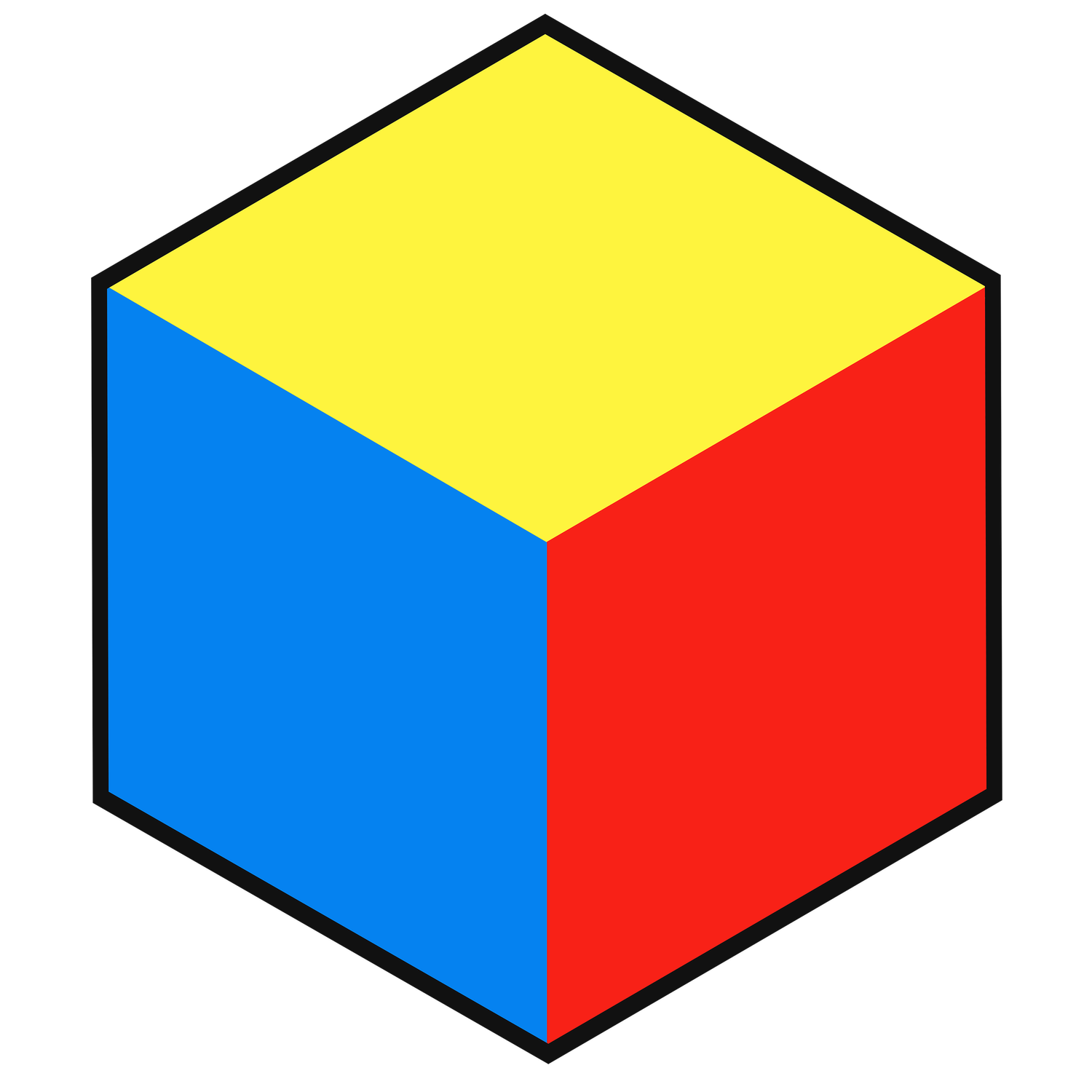Simple Trick To Level Up Your Graffiti! Opium Graffiti Breakdown
When it comes to graffiti art, one of the most important yet overlooked aspects is letter name weight and visual balance. Today, we’re breaking down the work of Opium, a graffiti artist known for his innovative and well-structured pieces. Whether you’re a beginner or an experienced graffiti writer, understanding how letter positioning, size, and image weight affect your work can take your graffiti to the next level.
The Power of Letter Name Weight in Graffiti
Visual weight in art refers to how much attention an element demands, influenced by factors like size, position, and contrast. For example, in Opium’s piece, the small letter “O” is positioned high above the baseline, making it appear heavier despite its size. Meanwhile, the letter “M” at the bottom of the piece anchors the composition with its large stature.
Balancing Image Weight and Flow
Opium's graffiti showcases a smart balance between image weight and flow by playing with baseline angles, letter clarity, and contrast. His letter “U” stands out not only due to its positioning but also its clear, open structure. The letter “M”, on the other hand, dominates the piece by occupying nearly half the overall space. This contrast in letter weight creates a dynamic flow that keeps the composition balanced without feeling overwhelming.
Using Graffiti Fundamentals for Creative Innovation
A great graffiti writer knows how to push boundaries while still following the fundamentals of graffiti lettering. In Opium’s work, we see strategic use of extensions, 3D depth, and negative space management to enhance style without sacrificing structure. When using 3D. our goal is to add depth, and while 3D forms naturally do this, they don’t always add enough. To enhance the amount of depth our 3D adds, we can introduce interesting extensions to help break up our graffiti’s silhouette, altering where 3D gets placed. This creates not only more interesting contours for our letters, but it also allows for our 3D to overlap creating far more depth. We see Opium do this on his T in the 2 Fast piece. His ability to manipulate letter form and weight makes his graffiti visually striking yet highly readable—a skill every graffiti artist should master.
Applying These Graffiti Techniques to Your Own Work
If you're looking to improve your graffiti, try experimenting with:
Letter weight adjustments – Play with size and positioning to influence image weight.
Baseline variations – Angled or curved baselines can create more dynamic movement.
Letter clarity vs. complexity – Balance intricate details with simple, bold letter structures.
By understanding and applying these graffiti design techniques, you can elevate your graffiti style and develop a unique artistic voice.
Want to Take Your Graffiti to the Next Level?
If you’re serious about learning how to make graffiti for beginners and developing your style, check out our Ultimate Graffiti Guide Book. It’s the only book on the market that teaches graffiti fundamentals in immense detail, walking you through the process of creating your own unique style.



